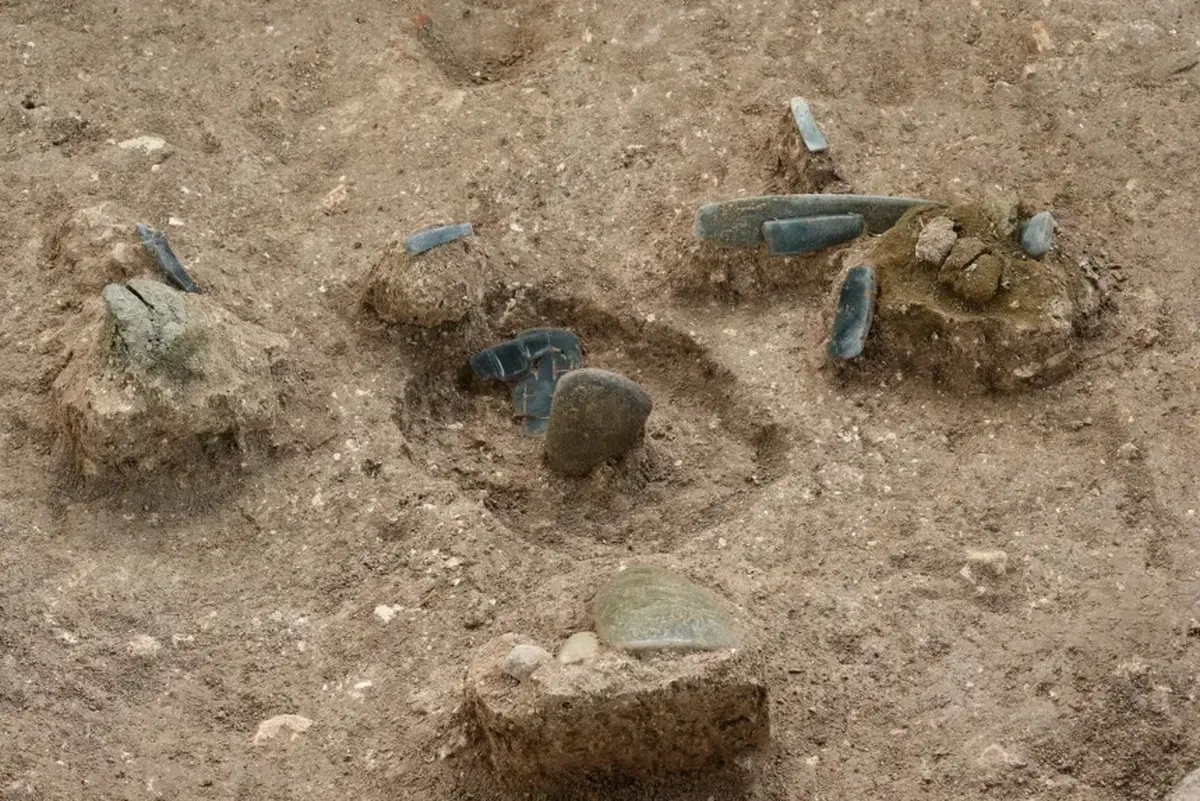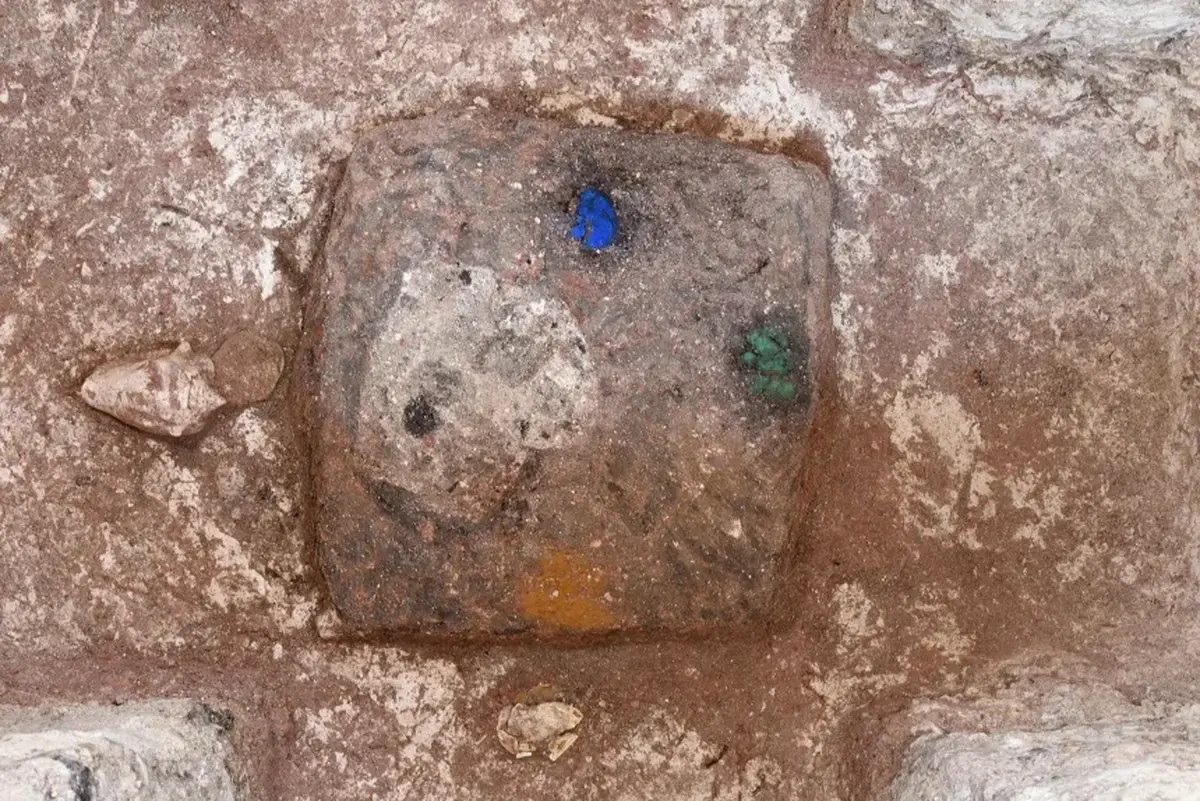 Researchers believe that this ancient monument was constructed as a cosmogram, covering an area of 9 by 7.5 kilometers. This site likely reflects the Mayan understanding of the .
Researchers believe that this ancient monument was constructed as a cosmogram, covering an area of 9 by 7.5 kilometers. This site likely reflects the Mayan understanding of the .
The structure, known as Aguada-Fénix, has been identified as the oldest and largest monumental architecture of the in this region. It surpasses many ancient cities of Mesoamerica in size, including notable sites like Tikal and Teotihuacan.
While constructing such a large complex required significant effort, its cultural importance likely motivated people to participate in its building. It may have even been a popular communal activity, akin to the construction of Stonehenge in prehistoric England.
According to the team’s estimates, over 1,000 individuals were involved in the construction of Aguada-Fénix. “Large construction projects and collective rituals may have included feasting, trade among different population groups, and opportunities to meet potential partners, which likely served as additional incentives for people,” the authors wrote in a paper published in Science Advances.
What Did Scientists Discover?
The Aguada-Fénix site was built around 1050 B.C., long before the Maya developed writing. Therefore, no written records about this place have survived. The population abandoned it around 700 B.C. Scientists studied the site from 2020 to 2024, employing laser lidar technology and conducting direct excavations.
Ultimately, the team found that the cosmogram consists of a system of structures with channels, dams, and roads. These structures intersect, forming cross-shaped figures. At the center of the complex were small buildings and platforms, which archaeologists referred to as “Group E.” Here, they discovered artifacts that may have had ritual significance, including ceramic vessels, pigments, and jade ornaments depicting a crocodile, a bird, and a woman giving birth, among others.
Although a small lake provided water for the channels, researchers found no evidence of irrigation, indicating that the channels were not used for agricultural cultivation.

The team did not observe any signs of social hierarchy at the Aguada-Fénix complex, unlike later Mayan settlements (such as Tikal in Guatemala and Copán in Honduras), where evidence of a strict social structure has been preserved. According to the authors, this vast cosmogram was designed by educated individuals “who possessed special skills and knowledge in astronomy and calendar calculations.”
However, understanding the full meaning of the cosmogram is challenging. The study’s lead researcher, Takeshi Inomata, a professor of archaeology at the University of Arizona, explained that the design of the complex reflects the movement of the sun. In an interview with Live Science, Professor Inomata stated that the people who used the map “likely believed that the universe was organized along north-south and east-west axes.” According to the scholar, the builders oriented the complex “in a specific direction towards the sunrise, which was related to the 260-day cycle that became the most important ritual calendar for the later Maya and Aztecs.”

Colored pigments believed to symbolize north, south, east, and west,
were found in a cross-shaped chamber at the center of the monument.
Reactions from Fellow Scientists
David Stuart, a professor of Mesoamerican art and writing at the University of Texas, stated, “I consider this an important discovery made by Takeshi and his team as a result of very careful and meticulous analysis.”
Ed Barnhart, director of the Maya Research Center, described his colleagues’ work as very interesting and noted that “both the cosmogram and the systems of channels are among the oldest found in Mesoamerica.”
James Aimers, a professor of anthropology at the State University of New York, remarked, “For me, the most important aspect is that all this monumentality was created collectively, rather than under the direction of powerful rulers.”
